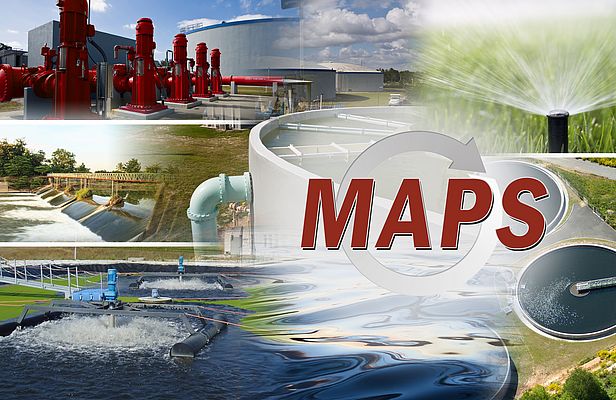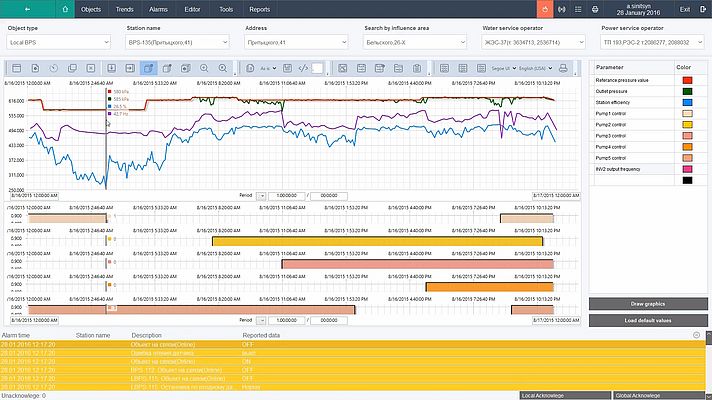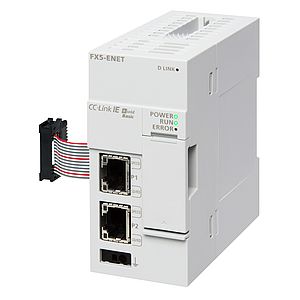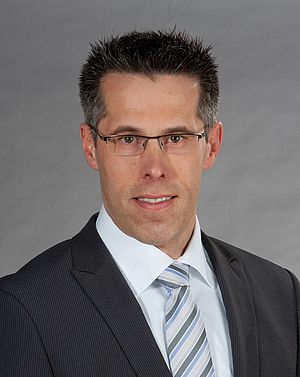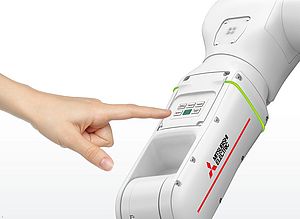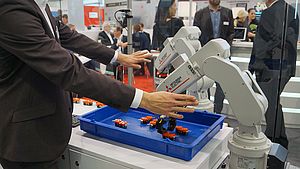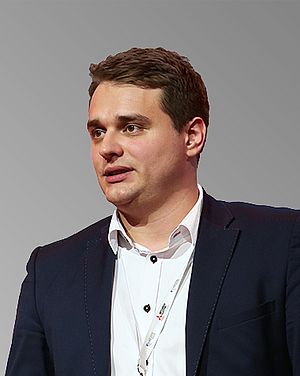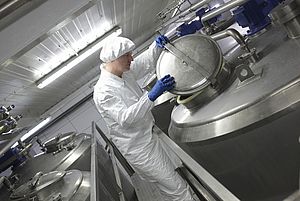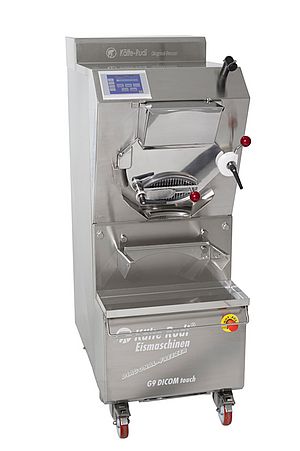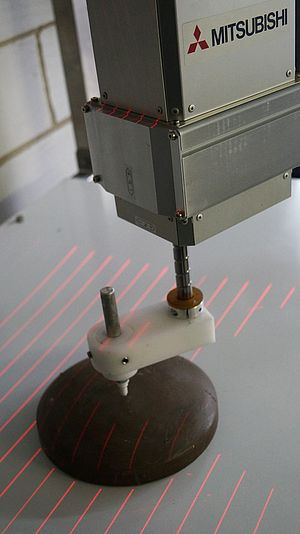Samara is the sixth largest city in Russia. Situated in the south-eastern part of Russia, it is home to a population in excess of a million people, and is an important social, political, economic, industrial and cultural centre.
Water treatment and supply services, as well as wastewater treatment services fall under the provenance of Samara Municipal Systems. In 2015 the company began a huge refurbishment programme with 37 boosting pump stations. While replacing obsolete or worn-out control equipment with modern, energy-efficient products was an important aspect of the upgrade, the primary focus was on true optimisation of the water supply system.
The goal of this optimisation was to highlight hidden operational inefficiencies, and enable excessive water pressure at the consumer side to be eliminated - while ensuring maximum efficiency of pump operation and enabling optimal pump selection. To achieve this, Samara Municipal Services implemented Aquatoria, a software solution developed especially for the water industry and built on Mitsubishi Electric’s MAPS (Mitsubishi Adroit Process Software) SCADA package.
Delivering a suite of integrated modules for MAPS that are dedicated to water supply control system optimisation, Aquatoria provides application configuration to reduce total cost of ownership of the control system, adaptive control to save energy, analytical reports to help reduce leaks, a pump selection tool to drive energy savings and increase pump lifetime, a GEO module and a process analysis tool with visual process monitor to save energy and reduce leaks.
Having refurbished the 37 pumping stations to put the various pumps under the control of Mitsubishi Electric variable speed drives, implementation of the Aquatoria solution was carried out to optimise the processes. A particular problem that had been highlighted was excessive water pressure at the consumer side. This impacted on energy consumption, but the high water pressure also meant the supply system was prone to considerable water loss and leakage.
Eliminating the need for individual pressure meters all over the city to measure consumer side water pressure and ensure that it does not exceed upper limits, Aquatoria provides virtual pressure meter software algorithms to optimise pressure. With the variable speed drives in the pumping station cabinets enabling effective pressure adjustment, Aquatoria made further pressure decrease possible. This helped to reduce the likelihood of leaks, unsustainable water usage and energy consumption, while maintaining even flow and pressure during times of high demand.
Further optimisation was made using Aquatoria by engaging the pump efficiency monitoring algorithm. This estimates the efficiency of VFD-driven pumps, and switches off pumps when their efficiency drops below preset levels, further improving energy efficiency.
Improved SCADA implementation
Addressing the shortcomings of traditional PLC-SCADA integration tools, MAPS has been designed to offer value throughout the design, engineering and operational phases of a project. Providing a standards-based approach to projects for simpler implementation, it also integrates a number of program modules specifically tailored to the water industry.
Importantly for Samara Municipal Systems had been that the solution could be easily integrated and adapted by local systems integrators. This offers assurance of simple operations and maintenance through the life-cycle of the plant, with significantly reduced reliance on outside engineering support.
Aquatoria makes it easy for operators to edit the parameters and configuration of installed pumping- and other control equipment, reducing training requirements. An optimisation software module is used to control the pressure in the water distribution system.
Aquatoria identifies inefficient operation of equipment and highlight impending equipment failure, giving staff time to rectify issues before they become real problems. An interactive map view helps engineers to respond quickly and efficiently when operational problems are highlighted at remote locations.
Water supply and treatment plants generate more operational data than can be manually analysed for plant optimisation. Aquatoria performs continuous data analysis in the background, generating meaningful analytical reports and alerting staff when process performance begins to drift significantly from operational norms.
Finally, an asset monitoring and diagnostics module with GSM communications simplifies maintenance of complex distributed systems. Data collected within a Mitsubishi Electric FX3U PLC is time-stamped and then transmitted over GSM telemetry protocol. The GSM communications also makes remote access of the PLC possible, enabling deep diagnostics to be performed through Mitsubishi Electric GX Works software.
Upgrade results
With the upgrade complete, the performance and energy consumption of the 37 pumping stations were monitored closely over the first four months of 2016 to see the effectiveness of the variable speed drive installation in combination with the implementation of the adaptive control algorithm. Total power consumption was reduced by 631,660KW in 2016, a decrease of over 51%.
Also notable was the fact that reducing the outlet pressure led to an 8% fall in emergency call-outs while improving overall operational effectiveness thanks to the full and reliable information on the process parameters.
Beyond decreasing overall energy consumption, implementation of the Aquatoria solution has created preconditions for business process optimisation. Samara Municipal Systems can now make the most efficient use of its workforce and to provide effective evaluation of operations based on ‘water supply per person’ considerations. These criteria are based on both energy efficiency data and water leakage information, and reflect the complex approach to efficiency estimation.



